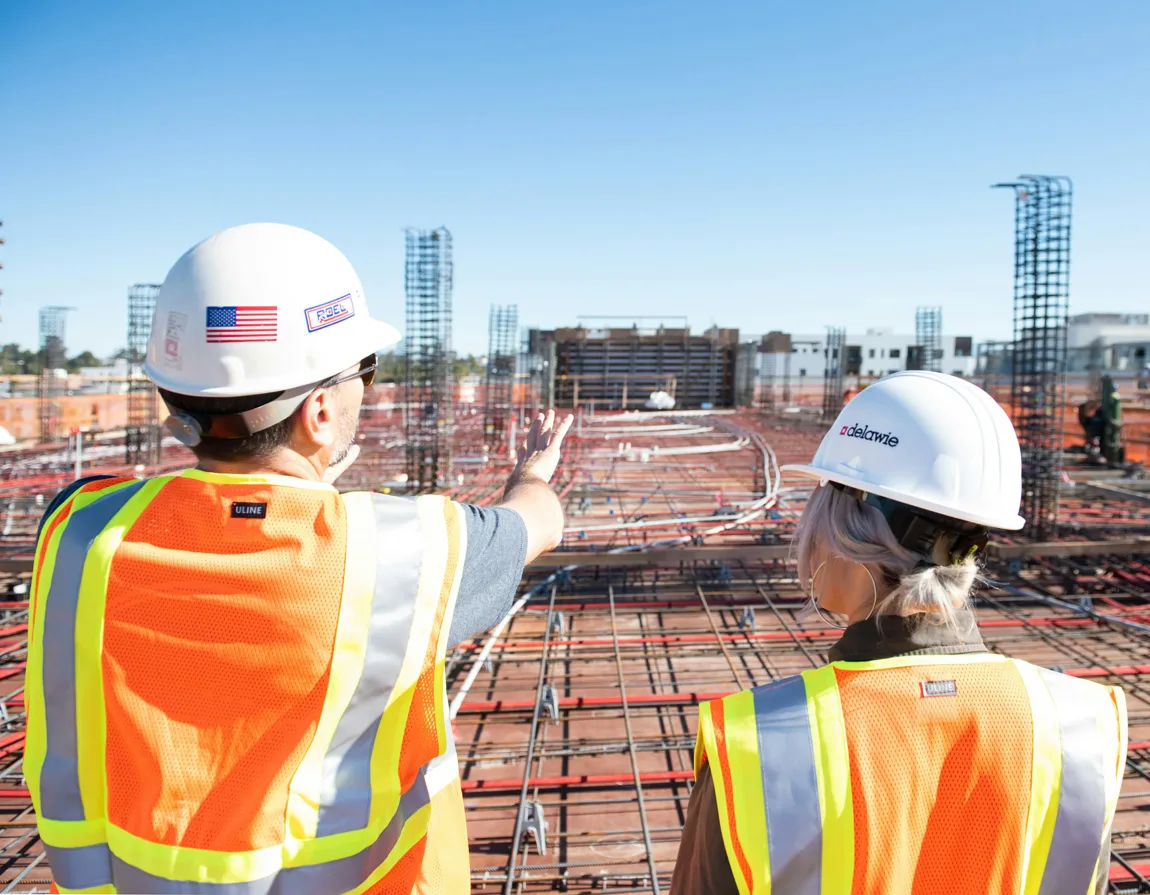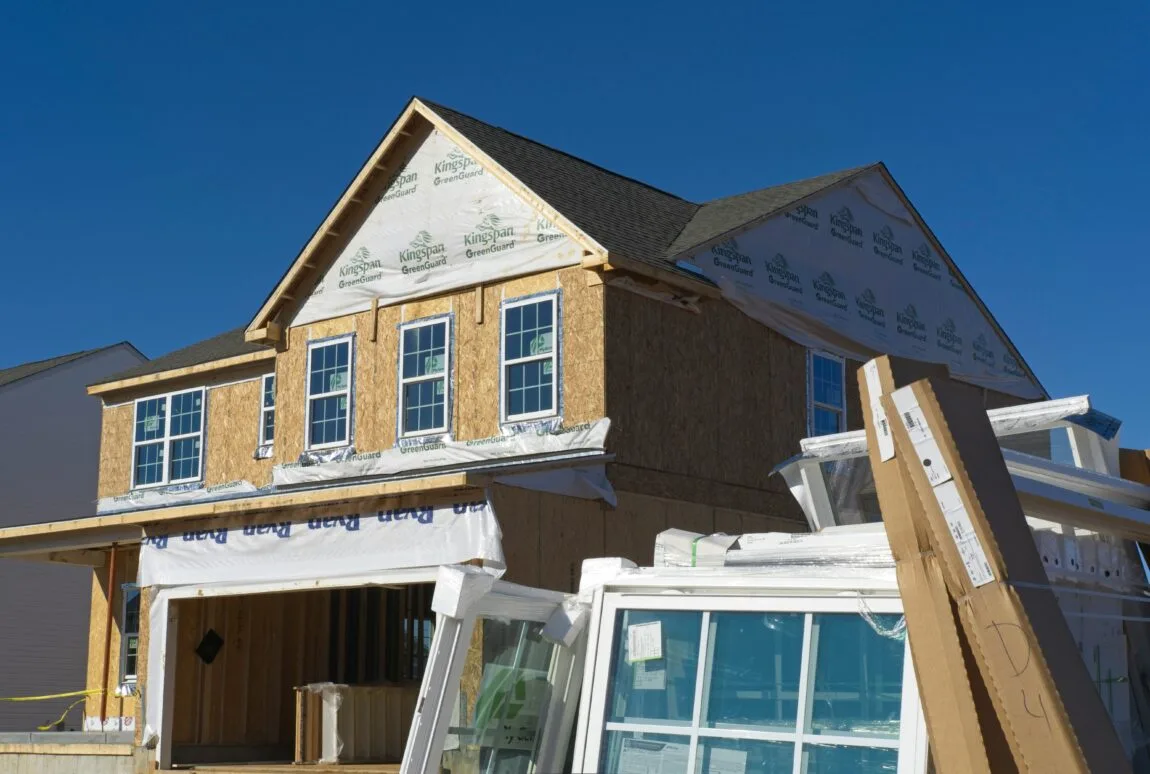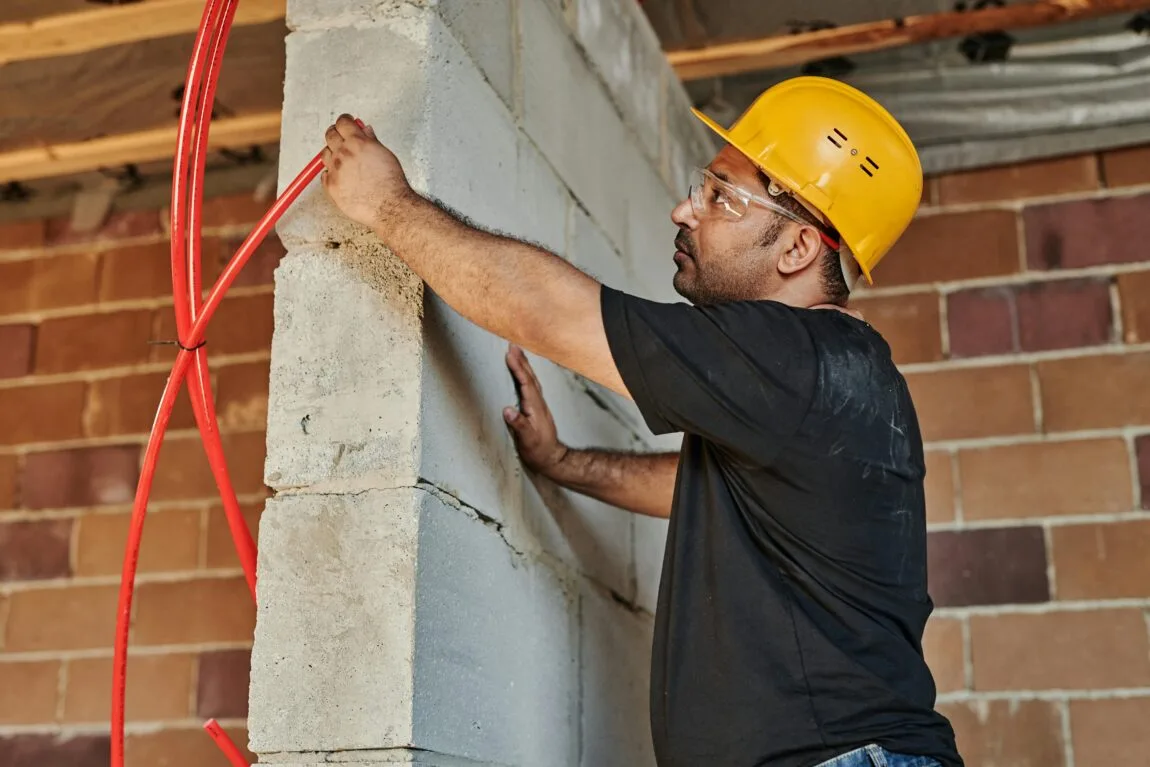The rise in construction material costs has become a concern for contractors, developers, and property owners. Inflation, supply chain disruptions, and global demand have all contributed to this building material cost increase.
While the cost of materials may be out of your direct control, there are strategies you can use to mitigate the impact. In this article, we’ll explore how you can address construction cost increases, implement smart practices to reduce construction costs, and maintain project efficiency.
The state of construction material costs
In recent years, the volatility in construction material prices has posed challenges for the industry. A combination of global events—most notably supply chain disruptions caused by the COVID-19 pandemic, economic shifts, and geopolitical tensions—has driven up the costs of materials. Builders have had to face fluctuating availability and higher prices for items like lumber, steel, and concrete.
For example, the cost of lumber soared due to heightened demand and supply chain backlogs, peaking at more than three times its pre-pandemic price. Similarly, steel and concrete—key components in many projects—have experienced a material cost increase due to rising raw material costs and energy prices.
Of course, these price hikes inevitably have a domino effect on project budgets, forcing developers to either absorb the costs or pass them on to clients, which can strain relationships, and delay timelines. Resources like the World Bank Commodities Price Data offer regularly updated data on raw material costs. With access to this data, you can better anticipate market fluctuations and adjust accordingly.
Another factor influencing traditional building material costs to increase is sustainability. The push for environmentally friendly building materials has increased demand for specific resources, further impacting prices.
With no immediate relief in sight, contractors are exploring new strategies to mitigate these rising costs and maintain project viability. One such approach involves reassessing lump sum agreements, which can offer a fixed-price contract and protect against unforeseen price fluctuations.
The impact of rising material costs on projects
Delays, budget overruns, and diminished profitability. As material prices continue to climb, contractors and developers are forced to make difficult choices—either absorb the extra costs or seek additional funding from clients. This eventually leads to strained business relationships with project stakeholders.
No one wants to approve budget increases after a contract has been previously signed.
These construction cost increases also affect timelines. When critical materials become too expensive or scarce, developers may have to pause projects, source alternative materials, or redesign portions of the build to fit a tighter budget. All of this adds complexity to the planning process and delivery dates.
From a profitability standpoint, higher material costs can quickly erode margins. Developers who lock in pricing based on initial estimates may be caught off-guard by sudden price hikes, which can render projects far less lucrative than expected. This highlights the relevance of strategic contract costing, where legal and financial planning plays a role in anticipating and managing cost increases.
Practical ways to deal with rising material costs
As building material costs increase, contractors and developers must take a proactive approach to mitigate the impact on their projects. While rising prices may seem inevitable, there are several strategies your business can adopt to reduce construction costs and maintain control over budgets.
- Early procurement and bulk purchasing. One of the most effective ways to manage costs is by purchasing materials early, ideally in bulk, to lock in current prices before further price surges occur. This approach allows contractors to hedge against inflation and supply chain disruptions. Many developers constantly negotiate construction contracts with suppliers that offer fixed pricing over a certain period.
- Supply chain diversification. Relying on a single supplier can expose a project to price spikes and material shortages. If you diversify supply chains and establish relationships with multiple vendors, businesses can better handle market volatility. In some cases, alternative suppliers may offer more competitive prices or faster delivery times. A thorough construction contract review can help ensure that these supplier agreements include clauses addressing material availability and cost fluctuations.
- Using alternative materials. For instance, instead of relying heavily on expensive materials like steel or traditional timber, builders can consider eco-friendly options such as engineered wood, bamboo, or recycled materials. These alternatives are more affordable in many cases and can also contribute to sustainability goals—an increasingly important factor for plenty of clients and stakeholders nowadays.
Materials like recycled composites often offer both cost and ecological benefits. According to Architectural Digest’s Sustainable Living Now: 6 Design Ideas for a Greener World, sustainable materials control expenses while enhancing a project’s market appeal by meeting modern green standards.
- Lean construction practices. Adopting lean construction principles can streamline workflows, minimize waste, and ultimately lower project costs. By improving coordination, reducing unnecessary material use, and focusing on efficiency, contractors can better control expenses throughout the project lifecycle. Lean practices encourage better project management, allowing teams to anticipate bottlenecks, minimize rework, and ensure that materials are used as efficiently as possible.
- Lean construction practices. Lean construction principles are another way to reduce costs by improving workflow efficiency and minimizing waste. These practices aim to reduce unnecessary material use, optimize project coordination, and eliminate bottlenecks that lead to delays. Streamlined operations lead to better control over expenses throughout the project lifecycle. When you do this, you maximize material use and make sure that resources are allocated effectively, which keeps costs under control.On top of all these strategies, there’s something else you should regularly review—construction contracts. Why? Because that’s the only way you can protect yourself against sudden price fluctuations.Technologies like AI-driven contract review tools can simplify the process, enabling you to manage contracts faster and spot potential cost risks early. This approach reduces errors and provides a clearer view of how construction material cost increases might impact a project’s financial outlook.
| Strategy | Benefits | Potential cost savings | Implementation tips |
| Early procurement | Locks in current prices, avoids future price surges. |
Up to 10-15% savings on material costs. | Coordinate with suppliers for bulk pricing options. |
| Supply chain diversification | Reduces reliance on single supplier, mitigates shortages. | Flexible pricing, faster delivery. |
Build relationships with multiple vendors. |
| Using alternative materials | Cost-effective and sustainable options. | Variable savings depending on material. | Research reliable alternative materials. |
| Lean construction practices | Minimizes waste, optimizes resource use. |
5-10% savings by reducing material waste. | Train teams on lean construction principles. |
| AI-driven contract review | Streamlines contract updates, reduces legal risk. |
Potential savings on legal fees. |
Implement AI tools to flag cost-related clauses. |
Legal considerations for managing rising costs

With persistent construction cost increases, revisit contracts to safeguard against unexpected financial challenges. Many construction contracts don’t account for sudden material cost increases, leaving both developers and clients vulnerable to disputes.
To mitigate these risks, it’s essential to include clauses that address price fluctuations and potential project delays. For example, escalation clauses can adjust pricing based on the rising cost of materials, providing flexibility and reducing the likelihood of conflicts.
Using AI tools like AI construction contract review helps update contracts to reflect these changes. Such technologies enable businesses to identify and incorporate the necessary provisions, reducing manual effort, and minimizing errors. Proactive contract management works as a mechanism to avoid potential construction legal risks so all parties are protected against unforeseen cost increases and project delays.
As explained by Robert Alfert Jr. for the Construction Executive in their article on escalation clauses in contracts, this approach safeguards budgets, reduces conflicts, and makes it easier to plan for inflation.
More on the subject:
Mastering The Construction Take Off Process – A Comprehensive Guide
Navigating Time and Materials Contracts: A Comprehensive Guide
Subcontractors Tips For Efficiency, Scaling, And Managing Risks
Building resilience in a changing market
With proactive strategies to deal with the rise in construction material costs, contractors and developers can limit the impact of these fluctuations. Purchasing materials early enough, diversifying supply chains, adopting lean practices, and exploring alternatives can help construction professionals and companies reduce construction material costs and maintain financial stability even in uncertain conditions.
Plus, addressing these challenges also means staying agile in contract management––and using AI-driven tools for contract review speeds up updates and mitigates legal risks from unexpected price hikes.
For those of you looking to safeguard projects and strengthen your approach to cost management, taking advantage of advanced solutions like AI-driven contract reviews could also be the key to sustained profitability.







By entering your email, you agree to our Terms & Conditions and Privacy Policy.